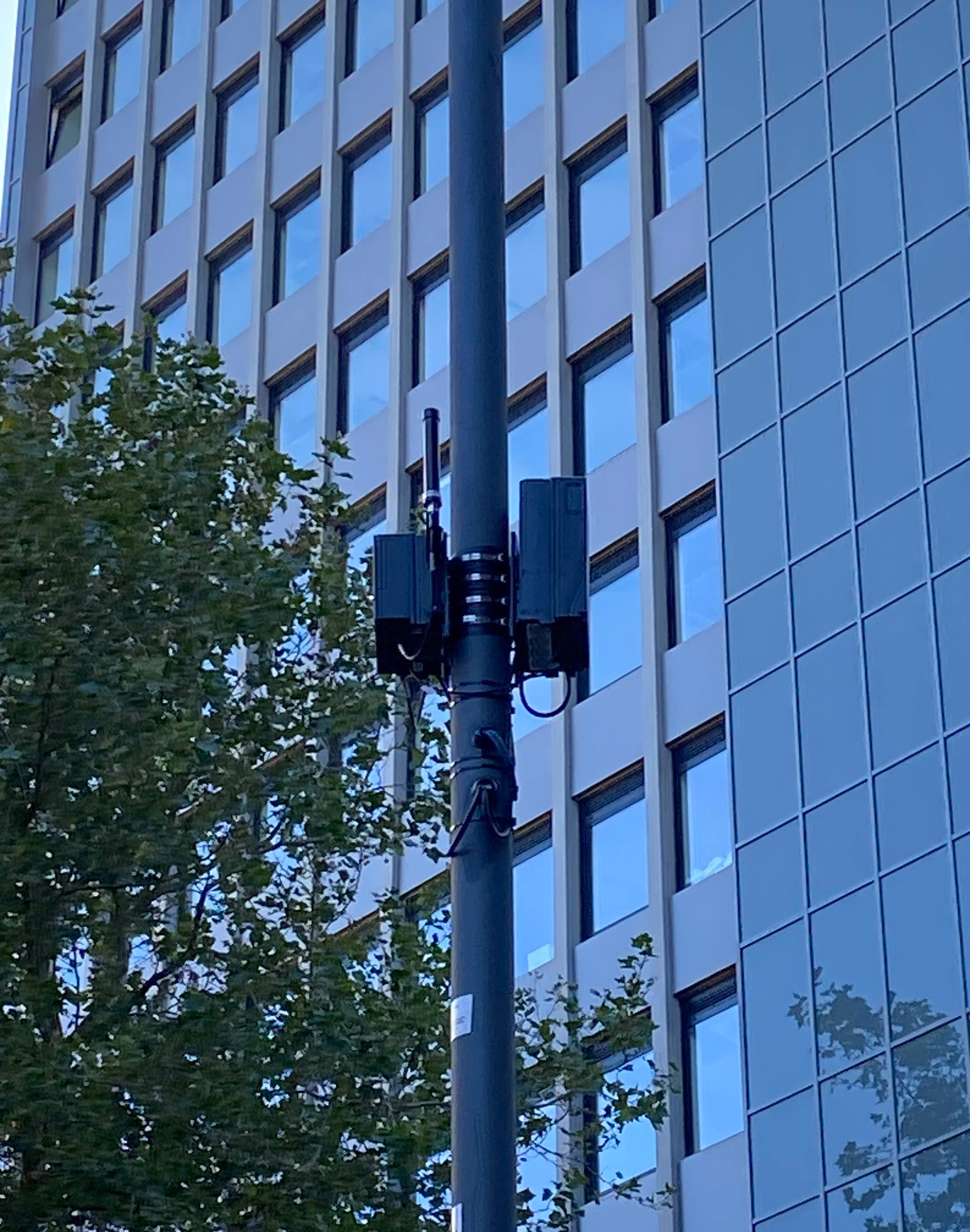Mediacentre

- 14 Jun 2023
- ·
- UK
Small Cells: delivering the test bed for future connectivity
By Adeel Raja, Principal Technical Consultant, Cellnex UK
Listen to this article:
As the world accelerates towards a 5G future and beyond, the need for robust mobile networks able to evolve and adapt to constantly changing technology developments is critical.
Investing to meet current demand while ensuring infrastructure is future-fit for the requirements of tomorrow is a big challenge. The answer though may be somewhat smaller. A Small Cell strategy enables MNOs to optimise their existing investments while embracing new technologies to create fresh commercial opportunities.
In a world where 4G and 5G can provide a lightning fast online experience, reliable mobile connectivity is no longer a nice to have, it’s an absolute necessity. But even as mobile technology continues as a fast-evolving phenomenon – 5G device penetration is set to reach 93% by 2025, for example – quality of service remains the most common complaint among mobile uses. MNOs find themselves under increasing pressure to guarantee the kind of seamless experiences that millions of active users have come to expect.
The urban issue
Historically, much of the discussion around mobile connectivity has been focused on rural blackspots, but attention is quickly turning to more densely populated urban areas in the UK.
Two specific issues are complicit in hampering MNOs in their goal of delivering the experience customers demand: first, the sheer number of active mobile users and, secondly, the nature of the built-up urban environment.
The urban landscape itself creates coverage issues and blackspots for higher 5G frequencies which penetrate less far. However, it’s the capacity-sapping volume of people on the network that really impacts user experience – in high traffic areas like city centres, rail transport hubs, high streets, shopping malls and more.
Another key issue is budget. As we move further into the 5G world, MNOs are investing heavily in upgrading legacy sites with new radio equipment, backhaul and power upgrades. It is impossible to prioritise everything and developing additional macro sites in urban areas is an expensive and multi-year activity.
Small Cells offer a street-level opportunity
Increasingly, in these dense urban environments, the answer is to bring coverage and capacity down to street level with multi-technology and multi-band Small Cell deployments. These low-power wireless transmitters and receivers are typically attached to lamp posts and other street furniture They’re quick and easy to deploy and offer targeted capacity in the aforementioned high traffic areas.
As a neutral Small Cell provider, Cellnex UK offers these sites on a shared-use basis. This reduces the barriers to improvement for MNOs by eliminating capital outlay, managing planning and building the infrastructure. It’s the most straightforward way for operators to enhance coverage and capacity in crowded cities. But there’s more to it than tackling the challenges of now.
Looking to the next generation
The efficient deployment of next-generation connectivity is essential. Not only to accelerate inclusive economic growth in these urban communities, but to support MNO future strategies as well. To this end, by putting fibre ‘in the ground’ and adding the above ground Small Cells infrastructure, Cellnex is eliminating the need for MNOs to do the same – providing a shared infrastructure to reduce overall costs. MNOs can continue to focus resources on 5G macro upgrades while at the same time driving up the capacity (and the customer experience) at street level.
Not only this, MNOs can leverage this infrastructure as innovation ‘test-beds’ – trialling new services and technologies such as v-RAN and O-RAN Small Cells.
Operators are already partnering with Cellnex to utilise Small Cells as a way to pilot C-RAN deployments. This scalable, flexible deployment architecture brings with it the benefits of baseband pooling and greater spectrum efficiency, in turn offering a superior customer experience at lower cost while future-proofing capacity.
Small Cells also offer a way to capitalise on the latent promise of millimetre wave (mmWave) 5G. New spectrum, ideal for high footfall locations, is set to be made available in the coming months. Whilst deployment of large chunks of this spectrum may prove cost-prohibitive on a standalone basis, working with a Neutral Host partner such as Cellnex brings the benefit of shared economics, lowering the TCO for all participants.
Connecting smart cities
The inevitable move towards smart cities, data driven analytics, driverless vehicles and the boundless opportunities presented by the Internet-of-Everything means that more must be done to satisfy network customers. Small Cells have much to offer to those MNOs who choose to implement them.
Implementing a Small Cell strategy will enable MNOs to optimise existing investments. More significantly, it could open the door to new enterprise-focused services and solutions, developing revenues beyond simple connectivity. Not only will leveraging existing Small Cell assets develop street level infrastructure for C-RAN and O-RAN architectures, it will also help networks evaluate the breadth of opportunities that come with the evolution of disaggregated 5G RAN and shared mmWave network infrastructure.
In short, Small Cells hold the key to a big future for both connected urban communities and MNOs.
To find out more click here



























